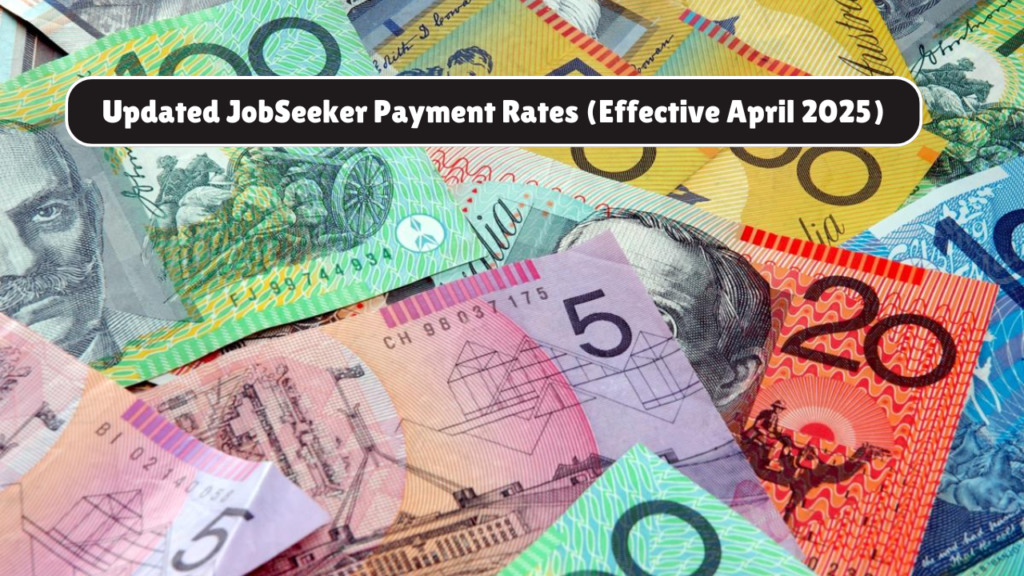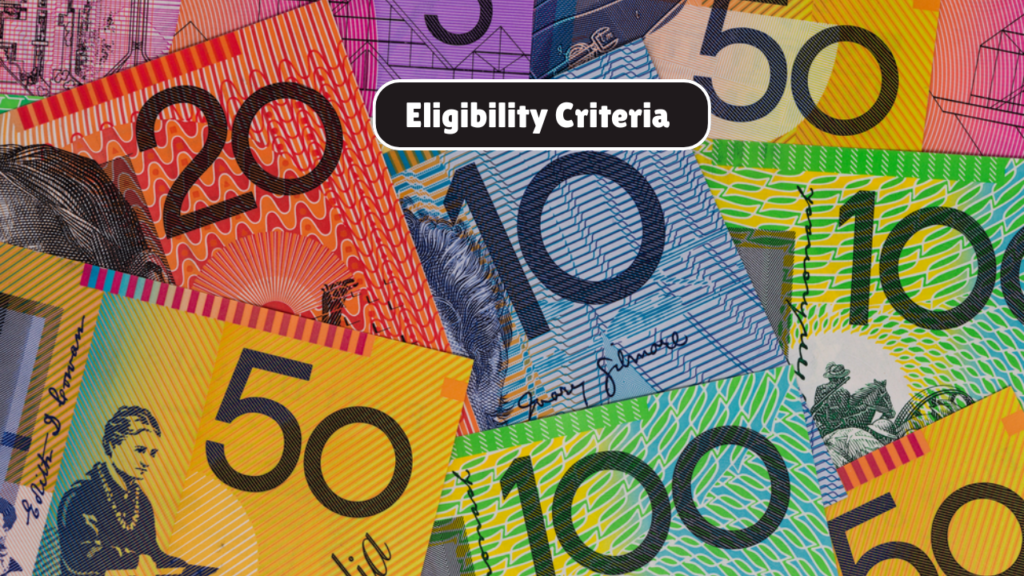Introduction
Against the growing cost of living, the Australian Government has made drastic adjustments to the JobSeeker Payment from April 2025. This complete guide explores the new payment rates, eligibility threshold, application process, and other support mechanisms and offers a clear picture of what recipients are in for.
Overview of JobSeeker Payment
The JobSeeker Payment is a financial assistance program designed to support Australians who are unemployed or underemployed. It aims to provide temporary income support while individuals actively seek employment or participate in approved activities.

Updated JobSeeker Payment Rates (Effective April 2025)
The following table outlines the revised fortnightly payment rates:
| Category | Previous Rate | New Rate | Increase |
|---|---|---|---|
| Single, no children | $778.00 | $804.00 | +$26.00 |
| Single with dependent children | $833.20 | $861.00 | +$27.80 |
| Single, 55 or older (after 9 months) | $833.20 | $861.00 | +$27.80 |
| Partnered (each person) | $712.30 | $735.00 | +$22.70 |
| Single principal carer (exempt from mutual obligations) | $1,007.50 | $1,041.00 | +$33.50 |
Note: These increases reflect the government’s commitment to adjusting payments in line with inflation and living costs.

Eligibility Criteria
To qualify for the JobSeeker Payment, applicants must meet the following conditions:
- Age Requirement: Between 22 years and Age Pension age.
- Residency: Must be an Australian resident or hold a qualifying visa.
- Employment Status: Unemployed or underemployed and actively seeking work.
- Income and Assets Test:
- Income threshold: Payments reduce by 50 cents for every dollar earned over $150 per fortnight.
- Asset limits: $314,000 for homeowners; $566,000 for non-homeowners.
- Mutual Obligations: Participation in job search activities, training, or other approved programs.
Additional Support Measures
Eligible JobSeeker recipients may also access:
- Rent Assistance: Increased to $157.20 per fortnight.
- Energy Supplement: Ranges from $8.80 to $12.00 per fortnight, depending on circumstances.
- Healthcare Benefits: Access to bulk-billed medical services and prescription concessions.
- Skills Training Programs: Opportunities to enhance employability through government-funded courses.
Application Process
- Create a myGov Account: Register at myGov and link to Centrelink.
- Prepare Documentation:
- Proof of identity (e.g., driver’s license, passport).
- Bank account details.
- Evidence of income and assets.
- Submit Application: Complete the online form via myGov.
- Attend Interviews: If required, participate in interviews to discuss your job search plan.
- Await Outcome: Centrelink will notify you of the decision and payment commencement date.
Conclusion
The April 2025 adjustments to the JobSeeker Payment reflect the Australian Government’s efforts to provide adequate support to those navigating unemployment or underemployment. By understanding the updated rates, eligibility criteria, and available support services, recipients can better manage their financial situations while seeking new employment opportunities.
FAQs
1. What is the maximum JobSeeker Payment I can receive?
The maximum fortnightly payment is $1,041.00 for single principal carers exempt from mutual obligations.
2. How does part-time work affect my JobSeeker Payment?
Earnings over $150 per fortnight reduce your payment by 50 cents for each additional dollar earned.
3. Can I receive Rent Assistance along with JobSeeker?
Yes, eligible recipients may receive up to $157.20 per fortnight in Rent Assistance.
4. What happens if I don’t meet mutual obligation requirements?
Failure to meet these requirements can result in payment suspensions or cancellations.
5. How often are JobSeeker Payment rates reviewed?
Rates are reviewed and adjusted biannually, in March and September, to align with inflation and living costs.



